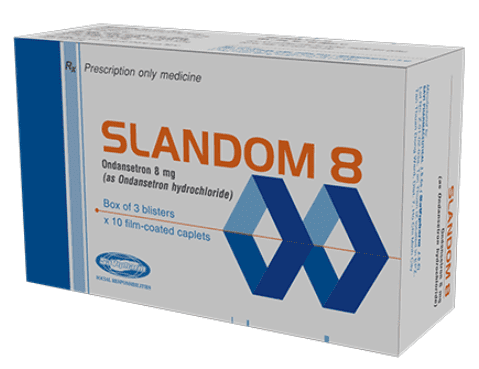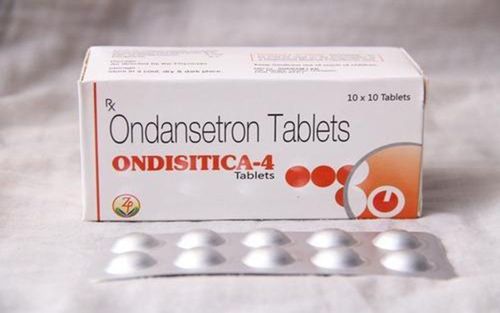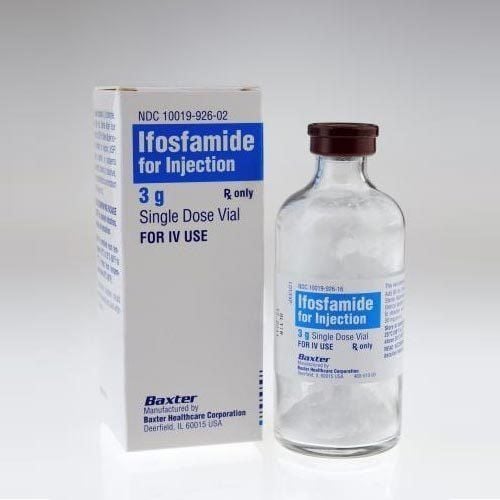This is an automatically translated article.
Surgery is one of the most effective treatments for malignant mesothelioma. So how is malignant mesothelioma surgery performed? What are the stages of malignant mesothelioma? The following article will provide essential information about surgery and stages of malignant mesothelioma
1. What is malignant mesothelioma?
Malignant mesothelioma (me-zoe-thee-lee-O-muh) is a type of cancer that occurs in the thin layer of tissue that covers most of a person's internal organs (mesothelioma). .
Mesothelioma is a dangerous form of cancer with a high mortality rate. Mesothelioma treatments are available, but for many people with mesothelioma, there is no cure.
Doctors will divide mesothelioma into different types based on which part of the mesothelioma is affected. Mesothelioma usually affects the tissue that surrounds the lungs (pleura). This type is called pleural mesothelioma. Other, rarer types of mesothelioma affect tissue in the abdomen (peritoneal mesothelioma), around the heart, and around the testicles.
2. Stages of malignant mesothelioma
During the diagnosis, your doctor will determine if the cancer is stage 1, 2, 3 or 4. Stage 4 is the most advanced stage of malignant mesothelioma. Usually, patients are diagnosed after stage 1.
Stages of mesothelioma:
Stage 1: The tumor is localized to the mesenchymal layer and has not spread. Stage 2: Cancer has spread to nearby organs, such as the lungs or diaphragm. Stage 3: Cancer has spread to nearby tissues, lymph nodes, or organs. Stage 4: Cancer has spread to nearby and distant organs, tissues, and lymph nodes. Patients may hear doctors refer to metastasis when the cancer grows or spreads to other parts of the body. In the later stages of the disease, symptoms are more noticeable and can become more severe. Patients with stage 3 or 4 mesothelioma typically have a shorter survival time than those diagnosed at an earlier stage.
3. Surgery for malignant mesothelioma
Doctors will surgically remove mesothelioma when diagnosed at an early stage. Surgery performed can slow cancer progression, prolong life, and relieve symptoms to facilitate palliative care.
Most can't remove all cancer. In this situation, surgery helps relieve the signs and symptoms of mesothelioma spreading in your body.
Conventional surgical operations according to the location of mesothelioma:
Pleural mesothelioma: Pleural resection and epidural pleurodesis; Peritoneal mesothelioma: Peritoneal resection and aspiration / removal Pericardial mesothelioma cell separation: Pericardectomy Surgical options may include:
Surgery to reduce fluid accumulation. Pleural mesothelioma can cause fluid to build up in the chest, making it difficult to breathe. The surgeon inserts a tube or catheter into your chest to drain the fluid. Doctors may also inject medicine into your chest to prevent fluid from returning (pleurisy). Surgery to remove tissue around the lung. The surgeon can remove the tissue lining the inside of the ribs and lungs (pleural resection). This procedure will not cure mesothelioma, but may reduce signs and symptoms. Surgical removal of the lung and surrounding tissues. Removing the affected lung and the tissue around it can reduce the signs and symptoms of pleural mesothelioma. If radiation therapy is given to the chest after surgery, the procedure also allows doctors to use higher doses, since they won't need to worry about protecting the patient's lungs from radiation damage. Surgery for peritoneal mesothelioma. Peritoneal mesothelioma is sometimes treated with surgery to remove as much of the cancer as possible. Chemotherapy may be used before or after surgery. Palliative surgery for mesothelioma. Doctors may recommend palliative surgery to ease a patient's symptoms and improve quality of life. Patients with any stage of mesothelioma can undergo palliative surgery. However, these surgeries are most commonly for stage 3 or stage 4 patients.
4. What are the side effects and complications of surgery?
Surgery is always risky. The more extensive and invasive the surgery, the greater the risk. Some of the potential side effects and complications of mesothelioma surgery include:
Bleeding Pain Pneumonia Irritation and cough Infection Blood clots Loss of lung function Mucus is formed Heart rhythm disturbances
5. General recovery procedure for each type of malignant carcinoma
Diagnostic surgery: Recovery from diagnostic procedures is relatively quick. Biopsy and other diagnostic surgeries are minimally invasive procedures. As a result, patients usually recover within a few days to a week. Usually, doctors recommend that patients avoid strenuous activity and keep the incision clean.
Surgical therapy: Surgical treatments are often the most invasive and aggressive. Recovery from a serious procedure can take weeks to months. For example, a patient may need 6 - 8 weeks to recover from an epidural septal resection (EPP). In some cases, it may take longer for the patient's remaining lung to function as needed.
Palliative surgery: Although palliative surgery may be less invasive than treatment options, patients still need time to recover. Patients may need several days or more than a week to recover from palliative surgery. After recovery, the patient will feel relief from symptoms such as pleural effusion.
Recovery after surgery may be different for each patient. When considering treatment options, patients should talk with their doctor about recovery, risks, and benefits.
Currently, early cancer screening is considered the perfect measure in the timely detection and treatment of all types of cancer. Reduce treatment costs and especially reduce the rate of cancer metastasis and death in patients. Vinmec International General Hospital always deploys and introduces to customers the Early Cancer Screening Package at Vinmec to help with gene testing, imaging, and biomarkers for early tumor detection.
Please dial HOTLINE for more information or register for an appointment HERE. Download MyVinmec app to make appointments faster and to manage your bookings easily.













